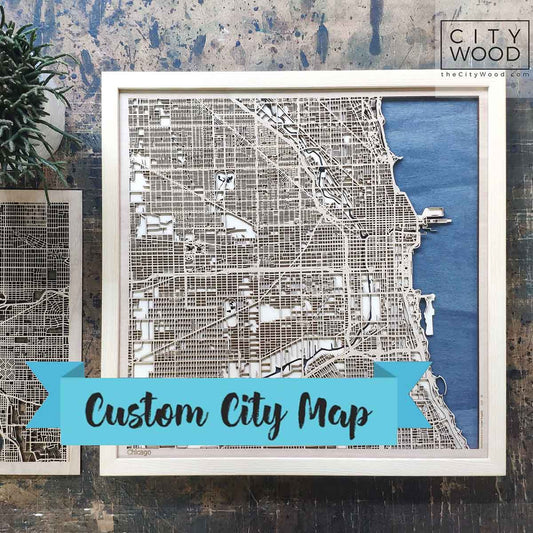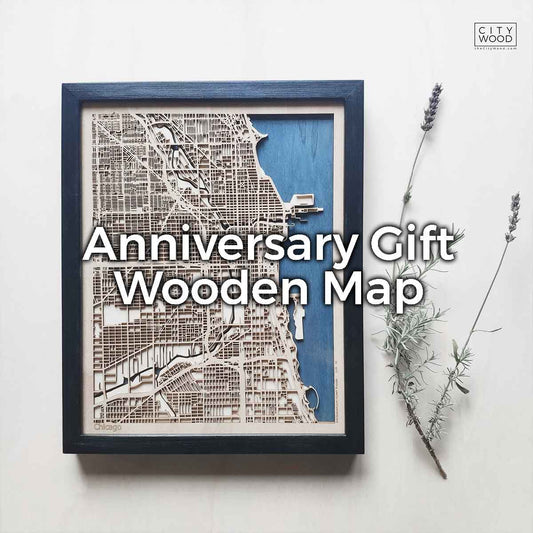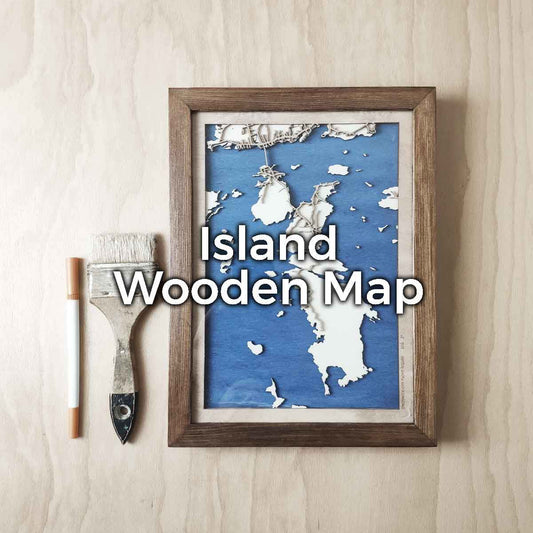Scandinavian design is admired worldwide for its unique ability to balance simplicity, functionality, and coziness. The roots of this style go back to the Nordic countries – Denmark, Sweden, and Norway – where long winters and limited daylight inspired people to create homes that are bright, practical, and welcoming. At its core, this design philosophy is about living with less, but choosing pieces and materials that feel meaningful and timeless.
To make your house look Scandinavian, start with the basics: maximize natural light, keep your palette neutral, and embrace a minimalistic approach to furniture and decoration. Think of white or light-gray walls that act as a canvas, paired with simple wooden furniture and cozy layers like rugs and cushions. What makes this style particularly appealing is that it’s not about showing off—it’s about living comfortably and intentionally. Even small apartments can be transformed into airy, stylish, and practical spaces by following these principles. The key is to focus on creating harmony and warmth without clutter.
What is Scandinavian style of decorating?
Scandinavian style of decorating is defined by three main pillars: simplicity, functionality, and connection with nature. Instead of overloading a room with furniture and accessories, this style calls for selecting only what is truly useful and beautiful. The result is a space that feels open, uncluttered, and peaceful.
Natural light is treated almost as a design element in itself. Windows are often left bare or dressed in sheer curtains to allow sunlight to flood the room, creating a sense of brightness even during darker seasons. Neutral color palettes form the backbone of the décor, with whites, soft grays, and muted tones that make spaces feel larger and calmer. To prevent the interiors from feeling too sterile, texture is essential—you’ll often see wool throws, linen cushions, or a cozy sheepskin draped over a chair.
Scandinavian decorating also integrates nature seamlessly into the home. Wooden floors, leafy plants, and natural fabrics bring warmth and a sense of calm. Decoration is intentional rather than excessive: a framed artwork, a handcrafted vase, or even a timeless wooden map on the wall adds character without overwhelming the simplicity. Every piece has a purpose, whether functional or emotional.

What are the rules for Scandinavian interior design?
While Scandinavian design leaves room for personal interpretation, there are some widely accepted “rules” that help achieve its characteristic look and feel.
1. Less is more. A clutter-free home is the foundation of this style. Spaces should feel open and light, so it’s important to keep only what you truly need or love. Instead of filling shelves with countless objects, consider a few carefully chosen items that stand out.
2. Function comes first. Furniture and décor should always have a purpose. That doesn’t mean the home has to be dull—rather, it ensures that every piece contributes to comfort and practicality. For instance, a sofa should be cozy for lounging, while a table might offer hidden storage to keep things tidy.
3. Light matters. Natural light is emphasized as much as possible. Large windows, light curtains, and pale color schemes all contribute to a brighter atmosphere. For evenings, layered lighting—floor lamps, wall sconces, candles—creates the famous Scandinavian “hygge,” a sense of warmth and coziness.
4. Textures create comfort. Since the overall look leans toward minimalism, texture is essential for balance. Knitted blankets, wool rugs, leather chairs, and linen fabrics add depth and make a space feel lived-in and inviting.
5. Nature indoors. Whether it’s through wooden furniture, stone details, or plants, Scandinavian interiors connect with the natural world. This not only softens the minimalism but also creates a calming, organic feel.
6. Timelessness over trends. Scandinavian design values durability and simplicity over passing fashions. Choosing classic, well-made furniture and natural materials ensures that the interior will remain stylish for years to come.
By following these rules, your home will not only look Scandinavian but also feel welcoming and functional every single day.
What are the colors for Scandinavian interior design?
Colors play a central role in Scandinavian interiors, setting the tone for the entire atmosphere. The palette is mostly neutral, but that doesn’t mean boring—it’s a careful balance of shades inspired by nature and light.
The foundation is almost always white or light gray walls, which make spaces feel larger and reflect daylight beautifully. To this, soft tones of beige, cream, and light wood are added, creating warmth and preventing the home from feeling cold. Black is often used sparingly for contrast, perhaps in the legs of a table, a lamp frame, or picture frames, giving a graphic edge without overwhelming the softness.
Subtle accent colors are welcome but kept muted: dusty blues, sage greens, and earthy browns bring variety while maintaining calmness. These tones reflect the Nordic landscapes—forests, seas, and earth—and allow interiors to feel harmonious and connected to nature.
Textures again play a role in how color is perceived. A beige wool throw, a gray stone tabletop, or a natural oak floor adds richness and depth to the neutral scheme. The magic of Scandinavian color design lies in how it creates both calm and coziness at the same time.
What is Scandinavian style furniture?
Furniture is one of the most recognizable features of Scandinavian design, known for its clean lines, practicality, and timeless beauty. Chairs, tables, and sofas are often crafted from natural wood such as oak, ash, or beech, with light finishes that highlight the natural grain. The shapes are simple, often with slim, tapered legs that give an airy appearance.
Comfort is just as important as looks. Sofas are cozy but not oversized, often upholstered in neutral fabrics like gray, beige, or white. Storage solutions are smart and practical, making it easier to keep the home uncluttered. Many pieces are designed with versatility in mind—a table that extends for guests, or shelving that doubles as display and storage.
Scandinavian furniture is also a celebration of craftsmanship. Iconic pieces such as the Wishbone Chair or minimalist sideboards have become global design classics. Even if you don’t invest in designer originals, you can find inspiration in their simplicity and elegance. Adding a handcrafted item—whether it’s a piece of pottery, a woven basket, or a custom wooden map—brings personality while staying true to the Scandinavian spirit of valuing artistry and natural materials.
Ultimately, Scandinavian furniture is about creating a space that is both beautiful and livable. It’s not about having the latest trend, but about surrounding yourself with pieces that last, that serve your daily life, and that make you feel at home.





